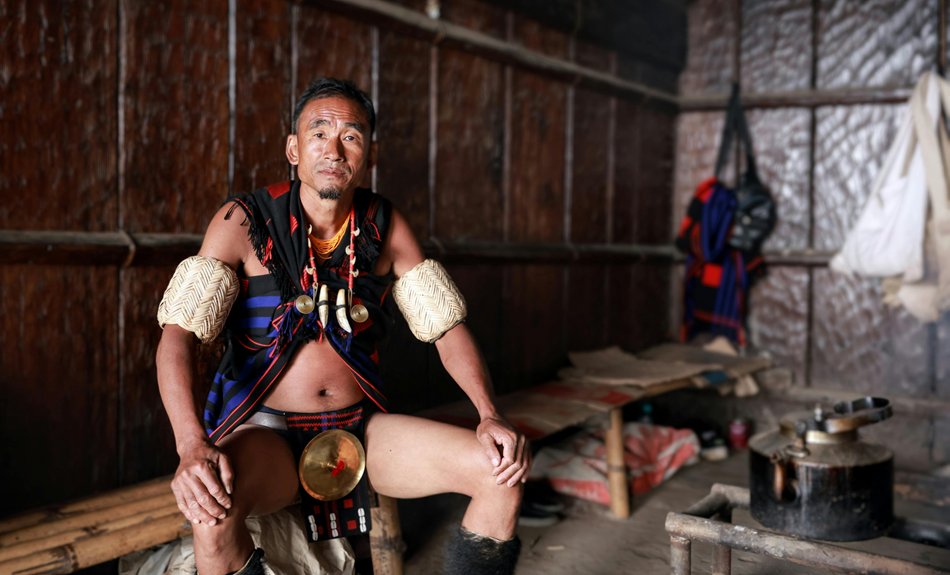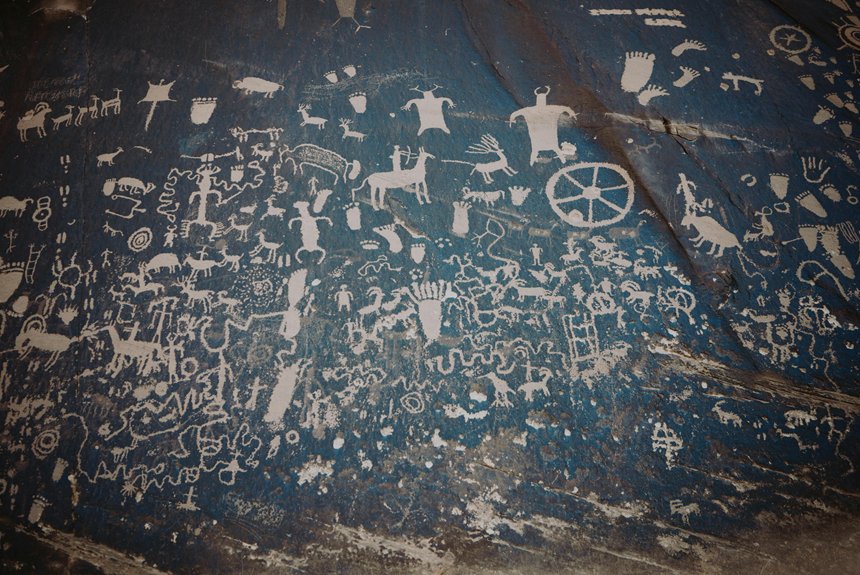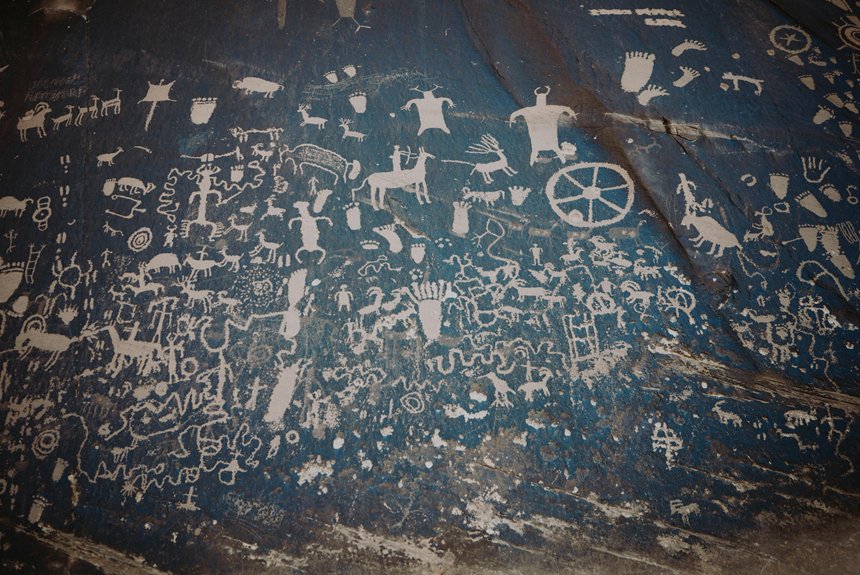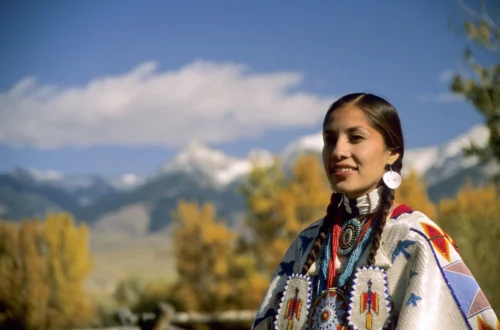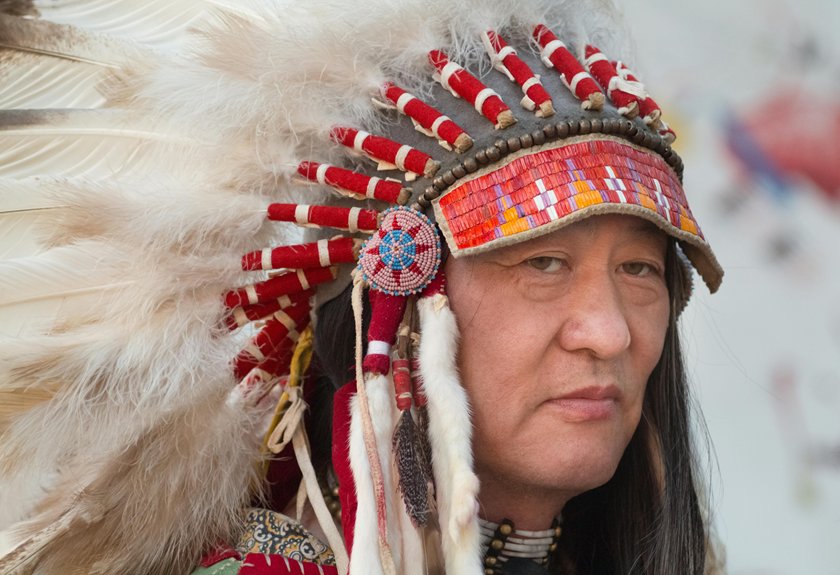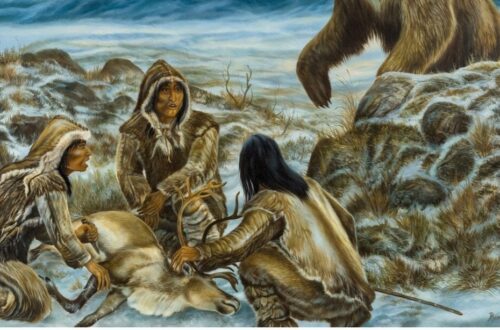When you think about Native Americans, you’re encountering a tapestry of cultures that span thousands of years. These indigenous peoples, with their distinct languages and traditions, are more than just a part of history; they embody a living heritage. Despite facing immense challenges, their resilience shines through in contemporary communities. Understanding their story is essential, but what does that journey look like today, and how is it shaping their identity for future generations?
The Origins of Native American Peoples
As you investigate the origins of Native American peoples, you’ll discover a rich tapestry woven from diverse histories, cultures, and languages.
These remarkable groups are believed to have migrated from Asia across the Bering Strait thousands of years ago, adapting to various environments across North America. Each tribe developed unique traditions, spiritual beliefs, and social structures, deeply connected to their lands.
Archaeological findings and oral histories reveal a profound relationship with nature, showcasing their understanding of sustainable living.
As you probe deeper, you’ll appreciate the resilience and ingenuity that characterize these communities, reflecting their ability to thrive in harmony with their surroundings.
Recognizing these origins fosters respect for the rich cultural heritage that continues to influence contemporary society.
Cultural Diversity Among Tribes
While exploring the cultural diversity among Native American tribes, you’ll uncover an array of traditions, languages, and art forms that reflect their unique histories and environments.
Each tribe boasts its own rich tapestry of customs, from the intricate beadwork of the Lakota to the vibrant pottery of the Pueblo. Language plays an essential role, with over 150 distinct languages spoken across the continent, each carrying stories and knowledge passed down through generations.
Ceremonies and spiritual practices often vary, showcasing connections to nature and community. Festivals celebrate harvests, dance, and storytelling, reinforcing cultural identities.
Historical Challenges and Resilience
The vibrant customs and traditions of Native American tribes exist against a backdrop of significant historical challenges that have shaped their resilience. From colonization to forced relocations, you’ll find that these events disrupted their way of life and threatened their very existence.
Yet, despite these adversities, tribes have shown remarkable strength. They’ve preserved their identities through storytelling, community gatherings, and spiritual practices. The resilience you witness today is rooted in a profound connection to the land and a commitment to future generations.
Additionally, many tribes are now actively reclaiming their rights and revitalizing their cultures, ensuring that their voices are heard. This journey reflects not just survival, but a thriving spirit that continues to inspire.
Language and Traditions
Language and traditions serve as the heartbeat of Native American cultures, connecting generations and preserving unique worldviews. Each tribe carries its own language, often rich with meaning and history, reflecting the land and its stories. When you explore these languages, you’ll find they shape identity and strengthen community bonds.
Traditions, such as storytelling, ceremonial dances, and seasonal celebrations, reinforce values and cultural practices, making them essential to collective memory. By participating in these customs, you not only honor the past but also nurture the future.
Understanding these elements deepens your appreciation for Native American cultures, revealing the profound respect for nature and ancestral wisdom that continues to thrive today. Embrace this journey, and you’ll discover a tapestry of life that’s vibrant and transformative.
Contemporary Native American Communities
As you explore the vibrant landscape of contemporary Native American communities, you’ll find a dynamic blend of tradition and modernity.
Today, Native Americans actively preserve their cultural heritage while embracing modern influences. You might encounter art that reflects ancestral stories alongside contemporary styles, showcasing the resilience and creativity of these communities.
Many tribal nations are also thriving economically, developing businesses that contribute to their local economies. Education plays an essential role, with initiatives aimed at revitalizing languages and traditions, ensuring that future generations remain connected to their roots.
Additionally, you’ll discover vibrant cultural events, like powwows and art markets, where tradition meets innovation, allowing Native Americans to share their rich heritage with the world.
Legal Rights and Sovereignty
While traversing the complex landscape of Native American legal rights and sovereignty, it’s essential to understand the unique status of tribal nations within the United States. These nations are recognized as sovereign entities, meaning they’ve the authority to govern themselves, make laws, and maintain their own judicial systems.
However, this sovereignty is often complicated by federal and state laws, leading to ongoing legal battles over jurisdiction and resources. You’ll find that treaties, many of which were made under duress, play a significant role in shaping these rights.
Understanding these dynamics is crucial to appreciating the resilience of Native communities as they navigate legal frameworks to protect their cultures, lands, and rights. Their fight for recognition and respect continues today.
The Future of Native American Identity
Understanding the future of Native American identity involves recognizing the dynamic interplay between tradition and modernity. As you explore this evolving landscape, you’ll see that younger generations are embracing their cultural heritage while maneuvering contemporary challenges.
Education plays an essential role; many Native youth are incorporating traditional knowledge into modern frameworks, fostering pride and resilience.
Technology also shapes identity, allowing voices to be amplified through social media, art, and activism. You’ll witness a resurgence in language revitalization and cultural practices, as tribes adapt and innovate.
However, the future isn’t without challenges, including external perceptions and systemic issues. By supporting Native initiatives and honoring their narratives, you can contribute to a more inclusive understanding of Native American identity, ensuring it thrives for generations to come.
